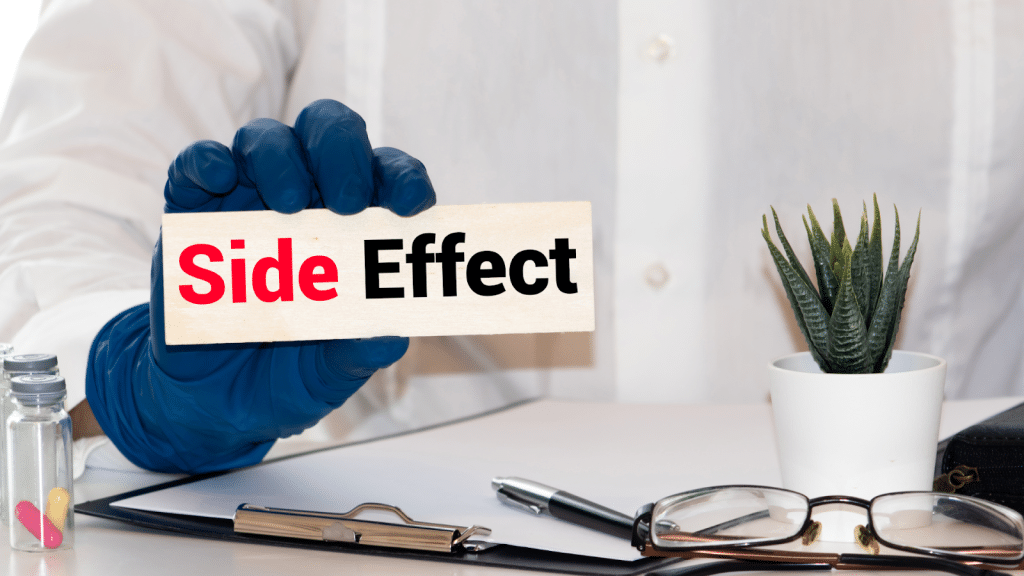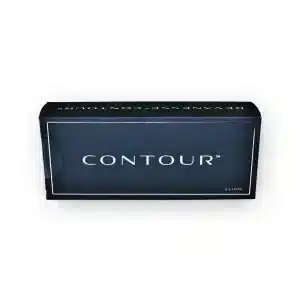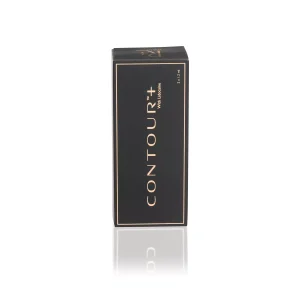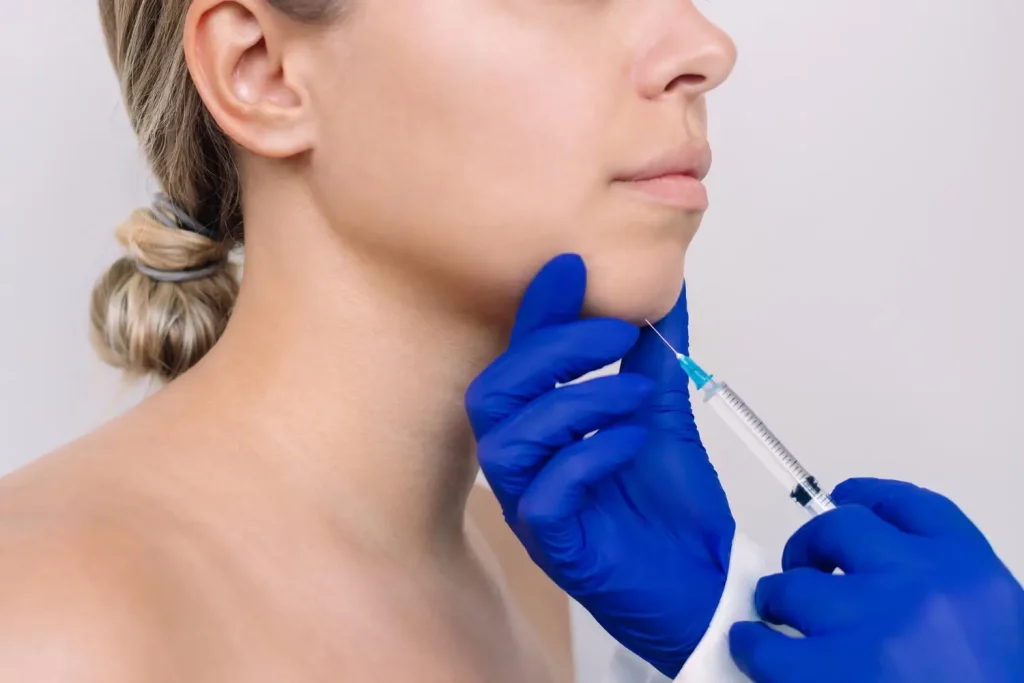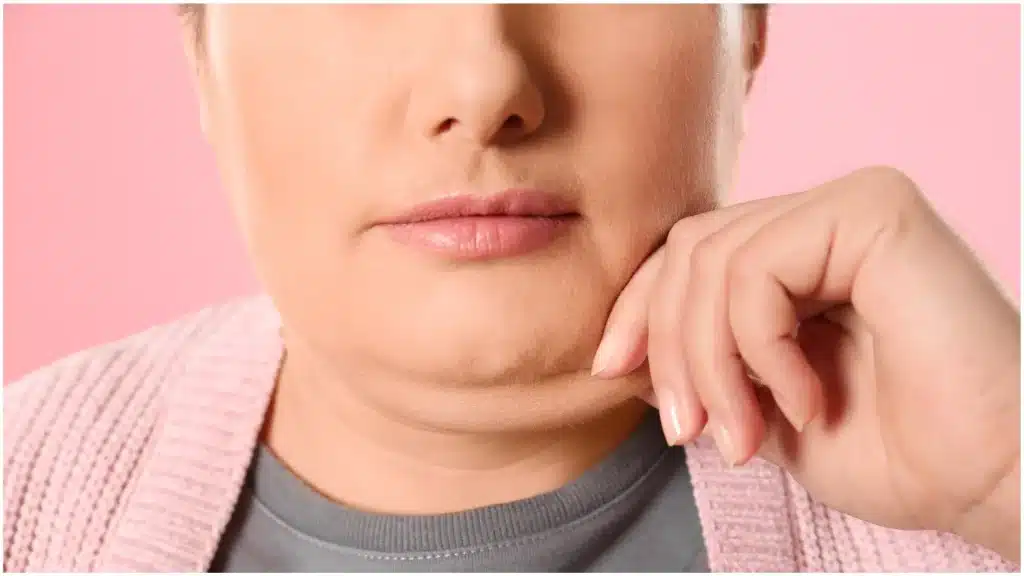While dermal fillers are popular for enhancing facial features and reducing signs of aging, they can have potential side effects. Experts explain that the common side effects of fillers include mild swelling, bruising, and redness, while rarer complications can involve more severe reactions like infection or vascular issues.
Revanesse is a well-known brand of hyaluronic acid fillers used for smoothing wrinkles, restoring volume, and enhancing facial contours. Though it’s FDA-approved and generally considered safe, it’s still important to be aware of the possible side effects associated with Revanesse products.
In this article, we’ll cover the complete list of Revanesse side effects, from mild reactions to rare complications so that you can make an informed choice.
Key Takeaways
- Revanesse is a hyaluronic acid-based filler known for providing natural-looking volume and smoothing out wrinkles.
- Common side effects include mild swelling, redness, bruising, and tenderness at the injection site, which typically resolve on their own within a few days to a couple of weeks.
- Less common side effects may involve allergic reactions, small lumps or nodules, and, in rare cases, vascular occlusions.
- Choosing a qualified practitioner and following recommended aftercare can greatly reduce risks and ensure optimal results.
- Patients are encouraged to have a thorough consultation before treatment, which helps address concerns and set realistic expectations.
About: Medical Spa RX provides medical practices with premium products at the best prices. If you’re looking to buy Revanesse online for your practice, the sales representatives at Medical Spa RX can give you guidance.
Common Side Effects of Revanesse
- Swelling, Redness, and Tenderness at the Injection Site: It’s normal to experience some swelling, redness, or tenderness shortly after a Revanesse filler treatment. These effects usually appear right after the injection and tend to improve within a week or two. However, if these symptoms worsen or don’t seem to disappear, you must check in with your doctor.
- Bruising: The needle may sometimes hit small blood vessels under the skin, causing purple or blue marks. This is typical for most fillers, including Revanesse filler under eye applications, where the skin is delicate and more prone to bruising.
- Itching or Discomfort: Some patients may notice itching or mild discomfort following Revanesse injections. This sensation typically fades within a few days, but if it lingers or becomes bothersome, it’s best to consult a professional.
Less Common Side Effects of Revanesse
- Allergic Reactions: Some people may experience red patches, swelling, or increasing pain around the injection area if their body reacts to Revanesse. If these symptoms persist or worsen, seek medical attention.
- Nodule Formation: This uncommon side effect is when small, firm lumps form under the skin at the injection site. This can happen if the body responds unexpectedly to the filler, leading to small, hardened areas that may need additional care to resolve.
- Vascular Occlusions: They occur when a blood vessel is accidentally blocked during the injection, potentially leading to tissue damage if not treated quickly. Recognizing this risk and acting promptly can prevent complications.
Managing and Minimizing Risks
Getting the best results with Revanesse depends on careful application and good aftercare. A skilled practitioner will choose the right needle size and depth to ensure the filler goes in smoothly and evenly, minimizing bruising, swelling, and infection risks.
Before the procedure, a thorough consultation is key. This allows the practitioner to look at your medical history, skin condition, and aesthetic goals to confirm that Revanesse is a good fit, making the process safer and reducing the chance of any unwanted reactions.
Following post-care instructions after treatment is essential for a smooth recovery. Avoiding intense activities, extreme heat, and direct sunlight helps with healing and keeps the results looking their best. Checking in with your practitioner for follow-up appointments is also helpful, as it allows for early management of any concerns.
Communicating Risks to Patients
Effectively communicating the risks of Revanesse is an essential part of the treatment process. During the informed consent process, practitioners should thoroughly explain potential side effects, ensuring patients understand both the benefits and risks. This transparency helps patients make informed decisions and builds trust.
Addressing patient concerns is equally important; practitioners should encourage questions and provide clear, honest answers to ease any worries. Offering specific examples of what to expect can help patients feel more prepared and comfortable.
Finally, follow-up and support are key. Regular check-ins allow practitioners to monitor recovery and offer guidance if any concerns arise post-treatment, ensuring a safe and positive experience with Revanesse.
Conclusion
Knowing what to expect from Revanesse side effects is helpful before deciding on treatment. Most people experience mild reactions like swelling or tenderness that go away on their own, but there’s always a slight chance of more serious side effects. Talking with a doctor can help you decide if Revanesse is a good fit and ensure you’re fully prepared.
Feeling informed gives you confidence and peace of mind going into your treatment.
FAQs
1. How long do side effects from Revanesse typically last?
Most side effects, like mild swelling or bruising, usually resolve within a few days to two weeks. If symptoms persist or worsen, it’s best to consult your healthcare provider.
2. Can anyone get Revanesse fillers, or are there restrictions?
Revanesse is generally safe for most people, but it may not be suitable for those with allergies to hyaluronic acid or lidocaine, as well as pregnant or nursing individuals.
3. What should I do if I experience a serious side effect?
Contact your provider immediately if you notice symptoms like severe pain, prolonged swelling, or any unusual reaction. Serious side effects are rare but require prompt attention to prevent complications.
References
Lowe NJ, Maxwell CA, Patnaik R. Adverse reactions to dermal fillers. Dermatologic Surgery. 2005;31(s4):1626-1633. doi:10.2310/6350.2005.31250
Rodrigues-Barata AR, Camacho-Martinez FM. Undesirable effects after treatment with dermal fillers. J Drugs Dermatol. 2013;12(4):e59-e62. https://www.researchgate.net/profile/Ana-Rodrigues-Barata/publication/236654124_Undesirable_effects_after_treatment_with_dermal_fillers/links/0f31752e781f704369000000/Undesirable-effects-after-treatment-with-dermal-fillers.pdf
Carruthers J, Carruthers A, Humphrey S. Introduction to fillers. Plastic & Reconstructive Surgery. 2015;136:120S-131S. doi:10.1097/prs.0000000000001770
